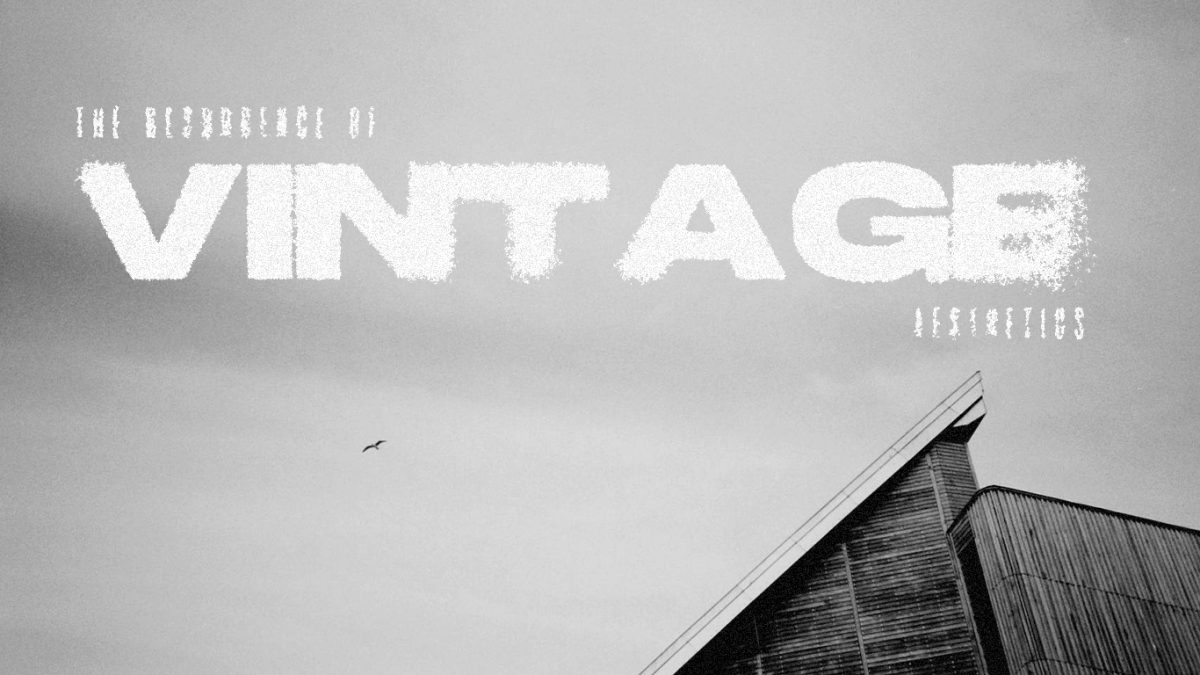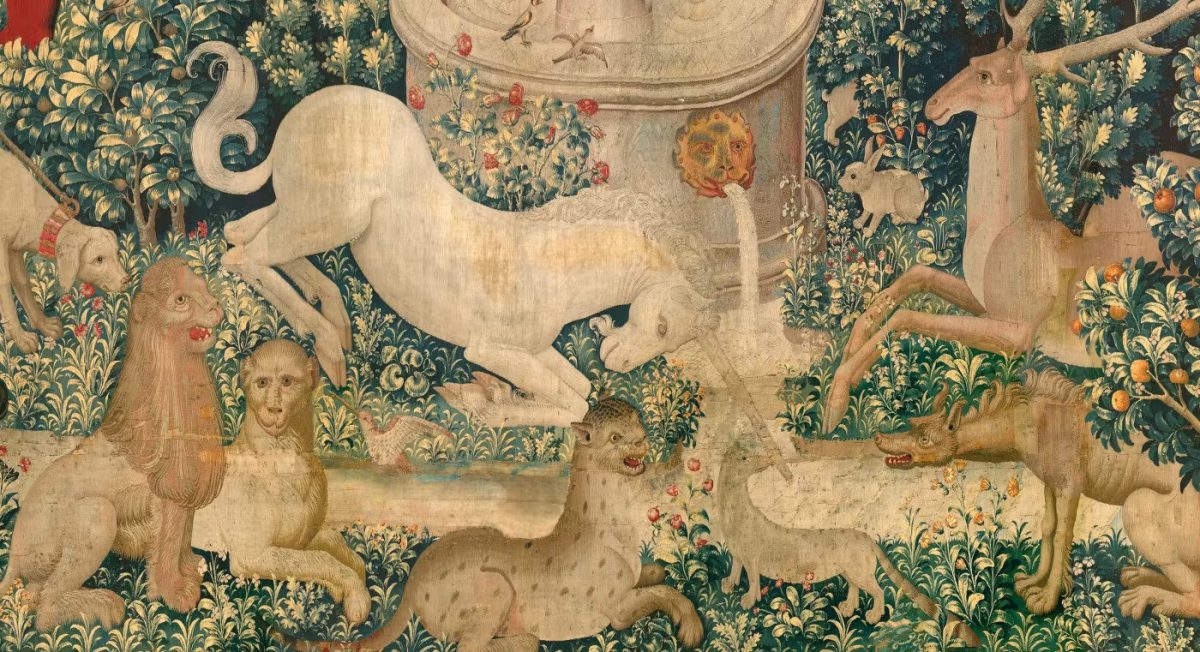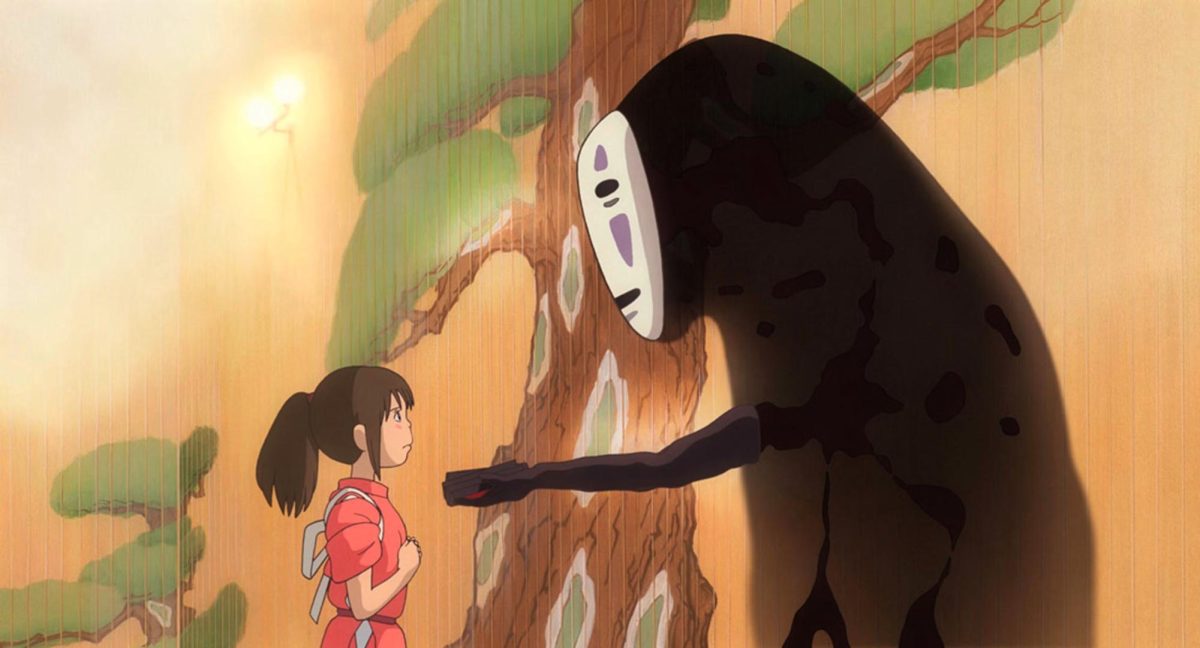Old is the new new. It is no secret that the vintage aesthetics of the past have continued to seep into our culture today. Thrifting and vintage shopping have taken on a new life, vinyl has seen exponential growth in popularity, and millennials are now huge consumers of antique furniture. But why are these products so desirable? How does the greater vintage aesthetic fit into American and global cultures today, and why do people feel so connected to the past in this way?
In recent times, vintage shopping and thrifting have seen a massive growth in popularity. As people look to ease the financial burden of shopping for clothes, secondhand shopping has been where many have flocked. According to Forbes and Quartz Business Media, the secondhand market grew by 24% last year, and it’s expected to grow even more in 2023. Rising prices are certainly one reason.
Inflation has become a constant consideration for all consumers and has significantly influenced shoppers’ purchasing decisions (USA Today). As prices for newly made goods have soared in recent years, they have become even less affordable. In this way, secondhand shopping offers unique advantages. Not only does it open the door to more affordable clothing, but according to some, it also provides people with better quality clothing.
But why is what we buy today of worse quality? Why do items made in the past, with older, less advanced technologies, better stand the test of time? Well, it starts with the fundamental goals of producers. Companies rely on a balance of functionality, appearance, and manufacturability when producing goods. Over time, these areas of focus have come out of balance. Earnest Elmo Calkins and the “Consumer Engineering” idea are to blame. We buy something new, not because something is wrong, but because it’s “out of style.” These quickly-moving trend cycles further dictate purchasing decisions, only adding fuel to the consumerist fire.
As people, we consume a lot. A study by the Geneva Environmental Network found that between the years 2000 and 2014, the average person’s clothing purchases increased by 60%, and each item was only kept half as long. People are willing to spend what they can and aren’t afraid to keep spending to keep up with what is “new” and “in.” However, where we run into a problem is spending. Consumers aren’t willing to spend more money for the same product, even if they purchased it 10 years ago, despite the cost of labor having risen dramatically. To speed up manufacturing, companies have to hire more people and change how a product is made while keeping prices low to meet the consumer’s demands. So, they swap materials, turning to more affordable options like synthetics, and they change stitching patterns, even though they might not hold as well. For consumers to buy something at the same price they had in the past, something had to change.
This relates to secondhand and vintage shopping because, beyond just more affordable prices, shopping in these ways can sometimes provide the consumer with better quality items that have a longer lifespan. After all, when people choose to shop secondhand, many worry less about trend cycles and are likely to hold onto their clothes for longer.
Websites and apps where vintage clothes can be purchased have grown in response to current demands. Apps like Depop, Grailed, Facebook Marketplace, and eBay have all seen a massive increase in popularity. These apps and websites offer a convenient shopping experience for those interested in vintage clothing, creating a unique opportunity for the vintage market to continue to grow. Many people have now made a business of finding old clothing at thrift stores, online, or from friends and reselling that clothing for profit.
Beyond how vintage clothing has found its way into commercial ventures and pop culture, there is a psychological aspect to its popularity. A study from 2010 by Katherine E. Loveland, Dirk Smeesters, and Naomi Mandel published in the Journal of Consumer Research attributes pervasive nostalgia to a need for belonging. According to their research, consumers’ choice to select products that feel more familiar or more comfortable often results in choosing products with a more nostalgic appeal. Further, when someone feels that they need to find belonging in certain situations, they are drawn to older products, creating a sense of comfort for them over time.
The study discusses nostalgia as a ‘restorative social function,’ examining purchasing decisions for products like automobiles and even shower gel. While scholars and consumer behavior researchers commonly understand that the peak of one’s preference for products and objects is built at a young age, these researchers wanted to reach deeper into “situational factors” rather than long-term preferences and affiliations. Their studies found that those who felt more of a need for belonging tended to lean toward products with a greater sense of nostalgia.
In the context of vintage clothing, this idea could be applied to all people who shop and sell vintage. Following fashion trends today, it is no surprise that this sense of “connection” to things of the past can dictate trend cycles. Take baggy pants and blocky New Balance, two staples of the ‘90s, which have both found their way into mainstream fashion today. It can certainly be inferred that this resurgence relates to how people assume consumers felt when these items first became popular in the ‘90s. Further, it can also be concluded that some may feel a greater sense of belonging or more “comfortable” in these clothes that harken back to some “better” past.
But surely this can’t be true for all people buying vintage products today? Absolutely. Maybe this nostalgia has brought vintage clothes and aesthetics into a new light. Still, it could also be dictated by other factors like age, group, or culture, all of which require further research to arrive at a more confident conclusion. But outside of clothing and thrifting, in what other ways have the aesthetics of the past taken on a new life?
Sarah Archer, writing in The New York Times, dives into millennials as an emerging group of consumers for American antiques. Audrey Gelman runs a store named The Six Bells, specializing in vintage and modern home goods, located in Cobble Hill, Brooklyn, and attributes part of the resurgence of antique American goods to technological factors. Gelman says, “For a generation younger than me, who grew up with omnipresent internet, this aesthetic represents greener pastures.” She explains later, “[Millennials think] I was born in the wrong era and I want to go home.” Archer later describes these ideas in the context of current consumer culture, which is filled with products that aren’t unique and are instead “a copy of a copy.” In contrast, she describes Americana as “rooted” in its unique cultural and periodical identity, providing a fresh alternative to consumers today.
Later, the article references Michael Diaz-Griffith, the executive director of the Design Leadership Network. He adds an interesting perspective in explaining the resurgence of the bicentennial style, saying that there has been a shift in the attention of younger people toward the who, where, and how old goods are made. He describes that on top of their aesthetic appeal, we are learning of the history behind the goods. For example, many of the top furniture makers and upholsterers in America were Black men. He adds, “This rewrites the history of this furniture, through the labor they were proud of, their workmanship, and how we conceive of the dignity and artistry of craftspeople generally.” So, maybe it’s not just that people want something fresh and unique, but they want something they can connect to and something that creates a more profound meaning to the clothes they put on every day.
Beyond clothing, the cultural resurgence of vintage can be seen as something more significant, almost a lifestyle in and of itself. From vintage cars to wired earbuds, consumers are increasingly searching for connection in what they wear and use, a more analog feel, and with that, they continue to demand the unique products of the past.
Film cameras, for example, have seen a massive growth in popularity. Ten years ago, getting film developed was much less of a challenge than it is now, and it was much less expensive, too. Companies like Kodak were unprepared for the surge in demand for film, and as a result, film has become ultra-expensive. Darkrooms are crowded with customers’ rolls as the need for film development has exploded. This surge in popularity—both for an analog photo-taking process and grainy, unique photographs—is another byproduct of past aesthetics’ resurgence.
Past products can be seen no matter where you look. Whether it’s on the crowded racks of thriving vintage shops, in the psychological attractions that have brought back vintage aesthetics, or cultural affiliations and tangible connections to the past, vintage aesthetics will continue to be a driving force of commercial and social culture today.








Eduardo Polón • Jan 3, 2024 at 2:33 pm
In perusing the headlines, I stumbled upon this opinion article and was left quite impressed with the quality of research and writing. In complementary fashion, and if you haven’t learned about it already, I encourage you look into “planned obsolescence” (i.e., purposely frail design) as yet another tactical business model and economic factor that addresses quality or lack thereof.